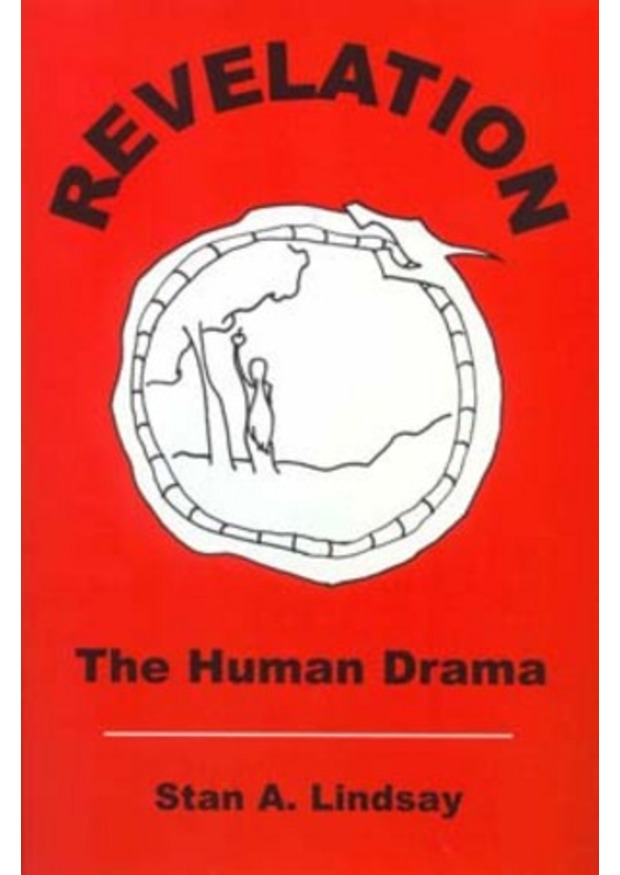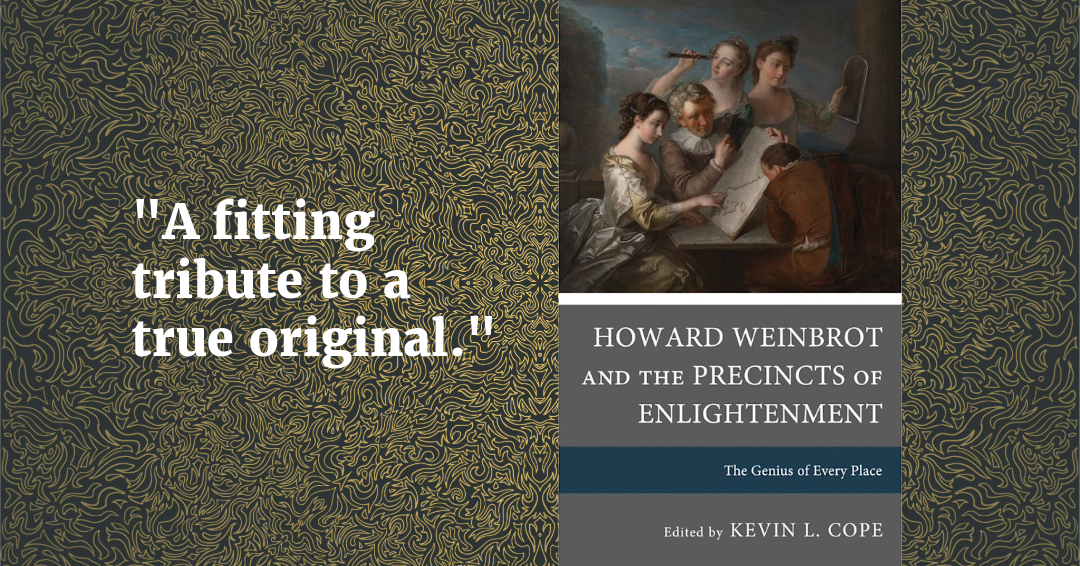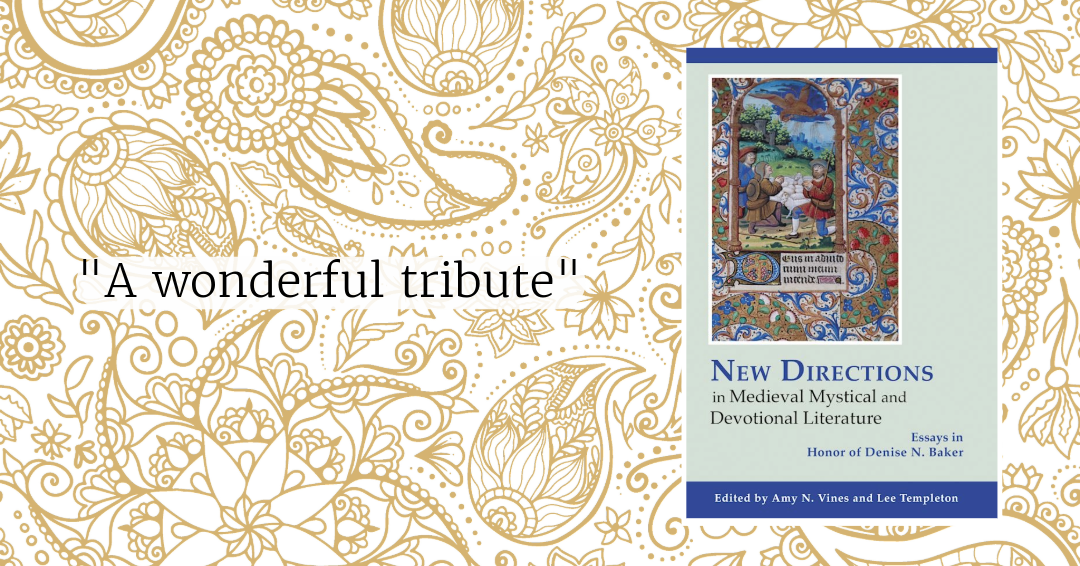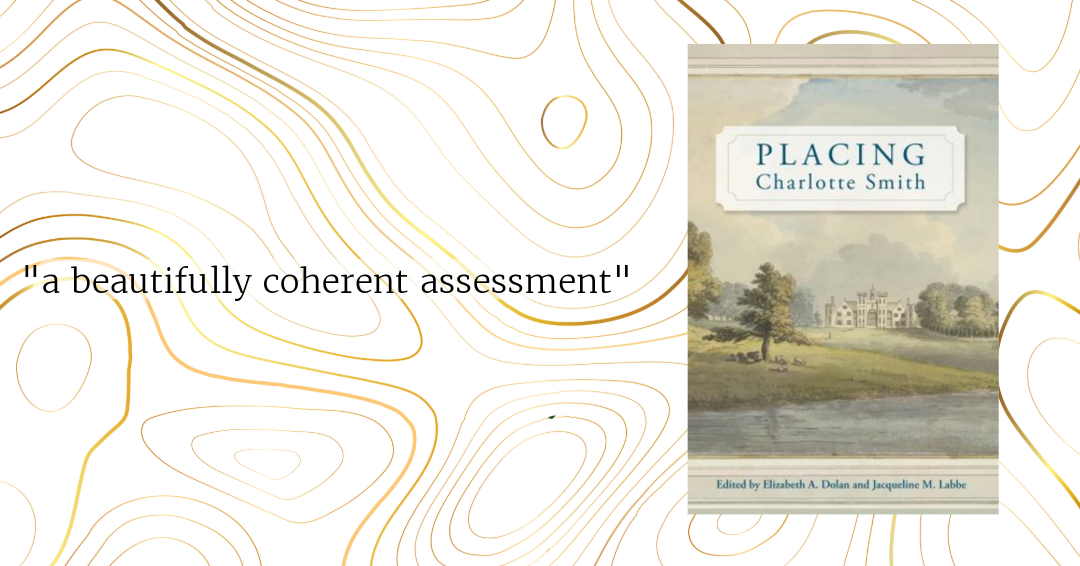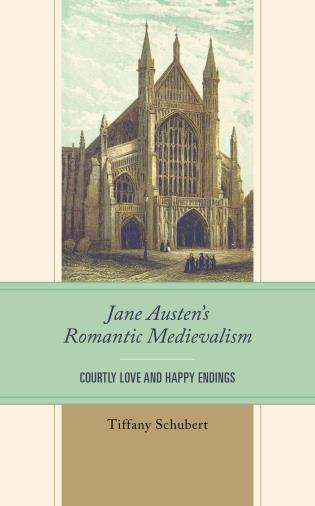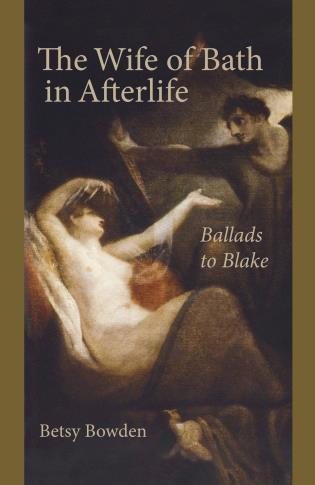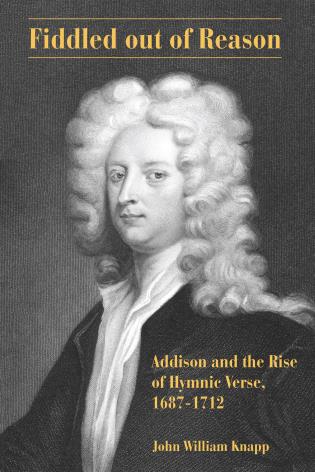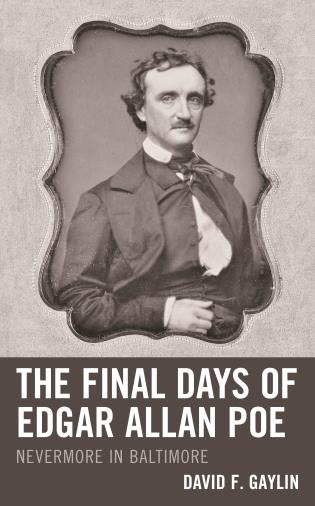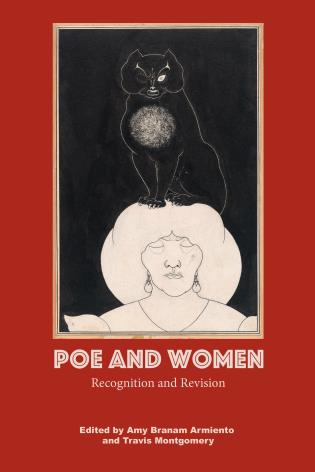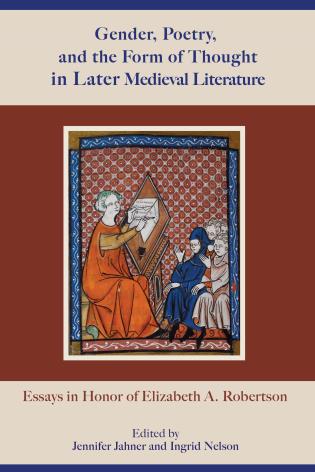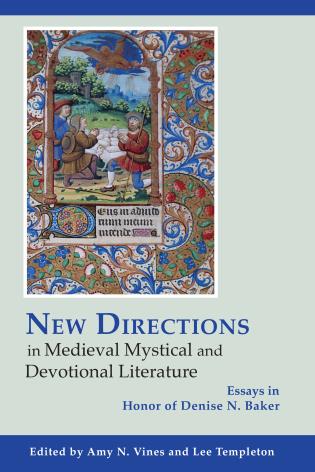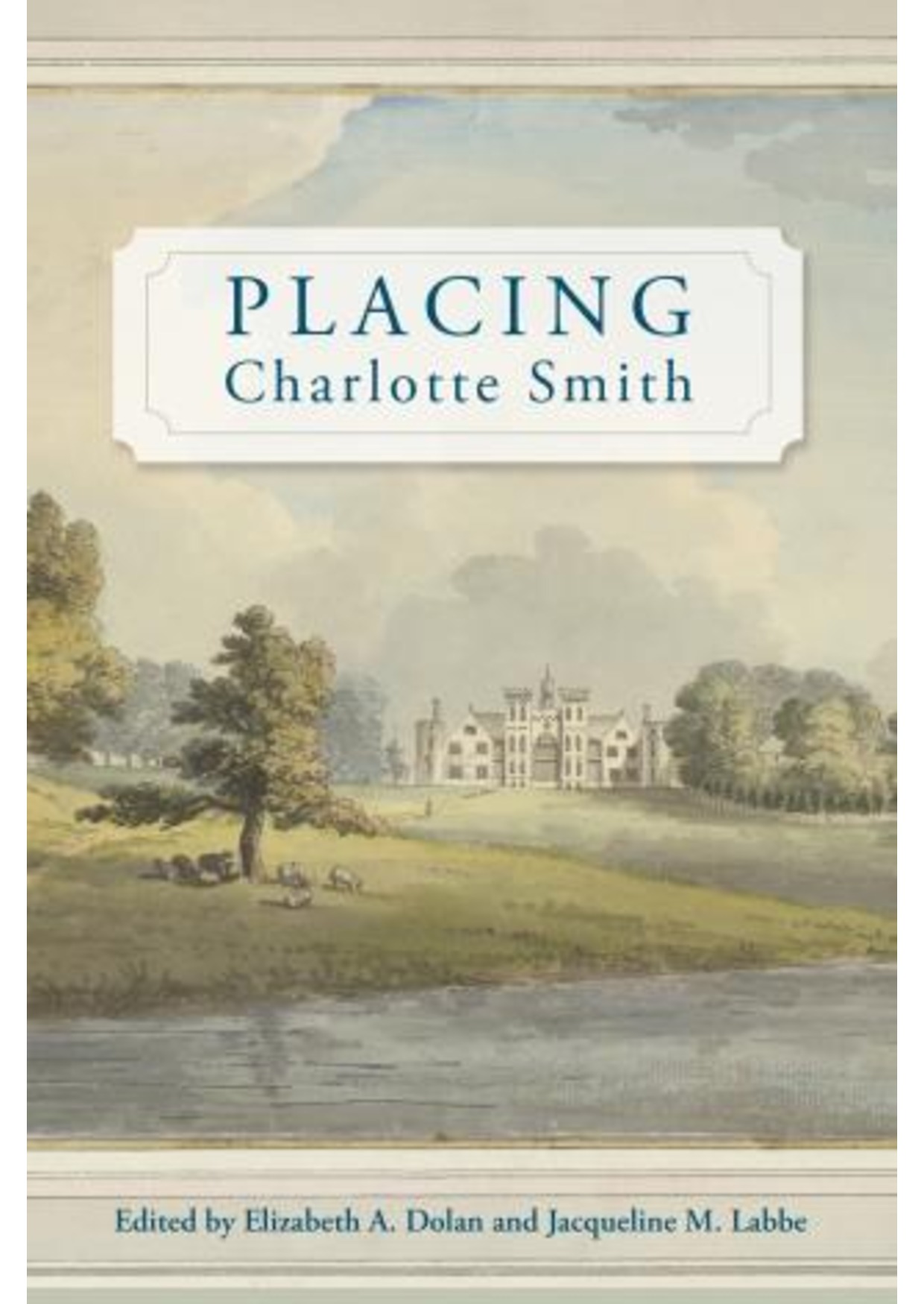The Human Drama
Rather than challenge the biblical scholarship of the past century, this study simply accepts the minority position of scholars in dating the composition of Revelation. Robert M. Grant, F. F. Bruce, and others consider the early date of approximately A.D. 69 feasible. This study looks for historical referents in the events surrounding the seven-year war between Rome and the Judean state that lasted from A.D. 66 to A.D. 73. by "assuming" such a rhetorical situation for the composition of Revelation, the study avoids being bogged down in endless debate, yet offers a reading of this book from a context which has been far less scrutinized than the context of the majority reading.
The book introduces Kenneth Burke's view of synecdoche and relates discussion to the analysis of the "representative anecdote" of Revelation. From a Burkean perspective, G. B. Caird's use of the term "kaleidoscopic" to describe John's imagery in Revelation is unsatisfactory. "Kaleidoscopic" is metonymic, not synecdochic. The book provides a more synecdochic term "magma" to replace Caird's "kaleidoscope."
From a poetics perspective, the book examines the dramatic structure of Revelation. Revelation is based upon an implicit chiastic structure. John appears to be relying on a form which combines the Greek dramatic structure of the trilogy-turned-tetralogy and the chiastic or mirror-image structure which John Kirby has seen in Homer's combination of the Iliad and the Odyssey.
From a psychological perspective, Burke's definition of "form" as "the arousing and fulfilling of expectation" is examined. The clearest use of such psychological powers in "form" occurs in John's use of the numbers six and seven. Since the archetypal "seven" form relates the reader to the seven days of creation in Genesis, it arouses the expectation that at the end of day six, the task is completely finished. Day seven is a day of rest. Hence, John consistently places his readers at number six. He situates them on the "brink" of the end.
From a sociopolitical perspective, Leland Griffin's model of social movements (based upon Burkean theory) is called into play. The book identifies the sociopolitical struggle which is occurring in Revelation as the intra-Jewish rivalry between Christian Jews and the High Priestly party. The study places this struggle within the periods of Griffin's model.
Finally, from a rhetorical perspective, the book views the "death" that is being recommended in Revelation. Using Burke's concept of "transcendence," the study demonstrates that "victims" are changed into "conquerors," rhetorically. Burke's action-motion dichotomy is presented as the method by which the transcendence is accomplished.
Since (virtually) all Revelation scholars are agreed that Rome is the Beast of Revelation, the primary issue with which the book deals is the issue, "Who can war against the Beast?" The Jewish extremists (Zealots and Sicarii) believed that they could actually defeat Rome. hence, the seven-year war began. The High Priestly party believed that they could not defeat Rome. Hence, they sought privately to subvert the Jewish attempt at independence. The Christians (or at least John) believed that they could "win" but not by warfare. John's approach was to have the Christians become "conquerors" as the Lamb "conquered." by "transcending" the distinction between "conqueror" and "conquered," John recommended winning through martyrdom.
